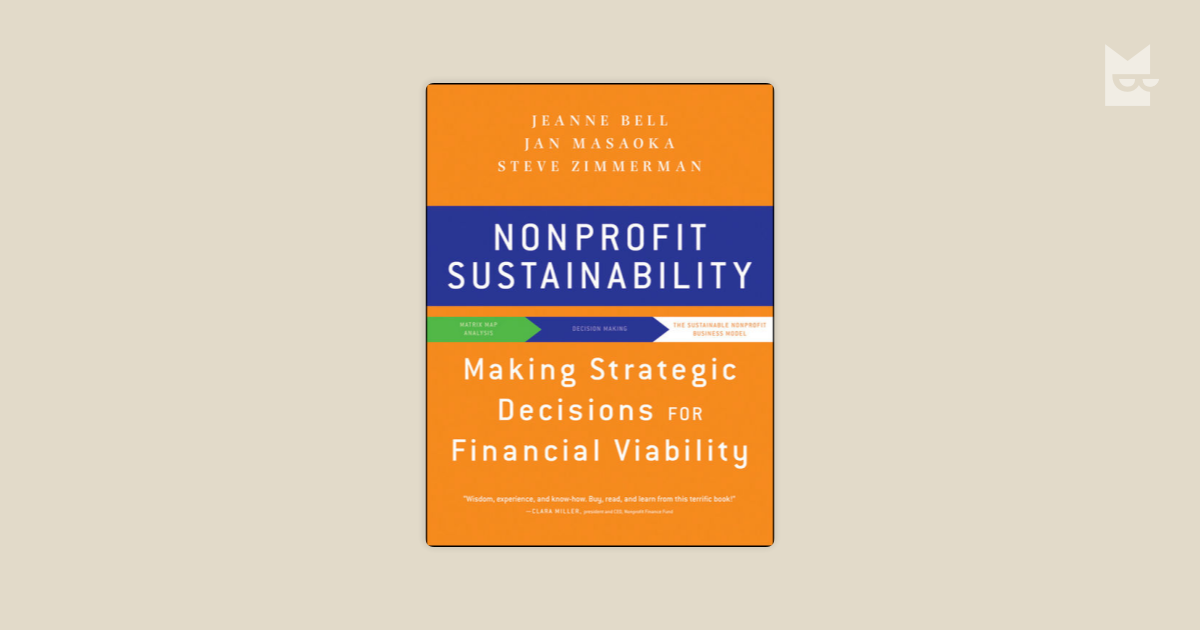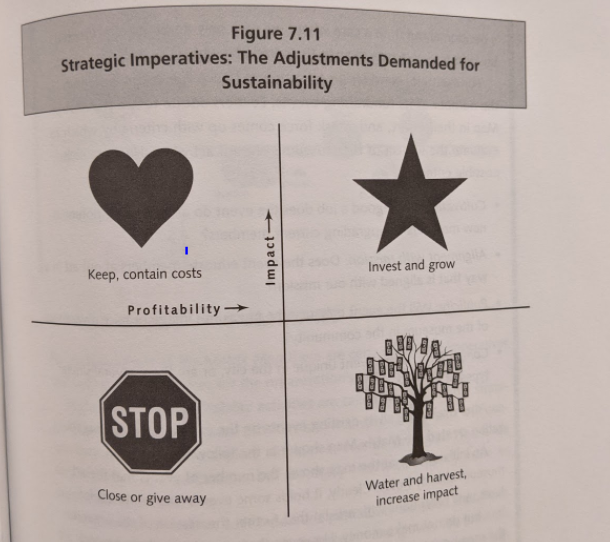Rad Magpie Book Club #3 - Dec 2020
Welcome back to Rad Magpie’s book club! This is the third installment of our ongoing series where we let you know what we’re up to, research-wise! Check out the second edition from late September here.
We’ve been digging deep into our values lately! Take a look at what the exec team is reading these days:
Disclaimer: This graphic is not actually related to the article.
Megan:
Leveling Up: A Critical Feminist Pedagogy for Game Design by Rebecca Rouse & Amy Corron
TLDR: A short but highly impactful read that helped me re-evaluate my approach to the educational aspect of Rad Studio.
“Imagine a game design classroom in which students not only hone artistic and technical design skills but also develop interpersonal awareness so that they form a commitment to address the systems of social inequalities in games.”
The first sentence of this paper immediately struck a chord with me because what they’re talking about is the majority of our goal with the Rad Studio incubator program. Rad Studio is one of the main ways that Rad Magpie targets our impact on the industry. Writers Corron & Rouse point to how we all have strong emotional connections to games, and therefore we often put them on pedestals, away from the critical eye, and how that helps perpetuate common social issues in games. A report they discuss highlights the many stakeholders who are encouraged to take action to change our collective situation, but this list does not include game education programs, which they believe to be a huge oversight. I think I can speak for all of Rad Magpie when I say we agree! When we were thinking about how we could help change the industry, the students were the people we thought of first. We believe the future of our industry is going to be largely influenced by the talent walking into it.
Rouse & Corron suggest the application of “critical dialogic pedagogy” to games learning - it means the processes in which teacher and pupils critically interrogate the topic of study, express and listen to multiple voices and points of view, and create respectful and equitable classroom relations. They also suggest to fuse critical making with critical dialogic pedagogy to encourage a divergence from purely instrumentalist approaches to education in STEM; “It must also be highlighted here that well before white academics have come to be interested in this fusion of the critical, cultural, and STEM subjects, that there is a rich history in Black education prior to integration in critical approaches to all subjects, which has carried through in Black education at HBCUs today.” (hooks 1994; Evans 2007, & MacMillan Cottom 2019)
I recommend this read to anyone involved or interested in games education. Taking a critical approach to game history means leaving no giant, white-elephant-shaped, stone unturned. By all means, continue to talk about Mario and Pong, but know that you can also talk about the ways in which the industry fails and succeeds with its participants - especially in a classroom where students are well-equipped (by your training) to have those difficult discussions! Well-rounded critical historical teaching makes for individuals better prepared for addressing and dismantling all the ‘isms society is going to throw at them. Our industry was shaped by and in this society, and it is not exempt from the same critical thought we afford our broader circumstance.
Maggie:
The Revolution Will Not Be Funded: Beyond the Non-Profit Industrial Complex by INCITE!
This book popped up on our radar when we learned about a local reading group with other nonprofit leaders. Dana even started attending the group! We’re all pretty much working our way through this book, but I get the honor of sharing it with you.
I’m only a few essays in, myself, but I cannot overstate how profoundly this anthology has impacted my mindset and my approach to nonprofit strategy. It was originally created following the “The Revolution Will Not Be Funded: Beyond the Non-profit Industrial Complex” Conference organized by INCITE! In 2004. Each essay addresses the history and present day impacts of the Non-Profit Industrial Complex (NPIC). The essays come from a variety of authors with different backgrounds, but center around the idea of dismantling — or, at the very least, moving beyond — the NPIC.
Before I started working with Rad Magpie, I didn’t know much about the nonprofit sector at all. Admittedly, I hadn’t even heard about the NPIC. This anthology has helped me to understand the greater system that our organization is a part of and the implications of working within this system. The NPIC was born out of the same systemic injustices as the other “Industrial Complexes” that control and oppress the most vulnerable populations, and operating as a registered nonprofit legitimizes and strengthens this network of control. “Do you really think the system is going to fund you to dismantle it?” The authors ask. The essays in this book prompt the reader to interrogate their capitalist understandings of how a nonprofit should operate and their preconceptions about funding. They argue that organizations beholden to government funding are unable to do truly radical work, and that this is entirely by design.
The Revolution Will Not Be Funded is a must-read for those in the nonprofit field, and I’d also recommend it to any revolutionary-minded community members too. Teeming with theory, historical examples, and external references, this anthology may be an advanced and academic read, but you will definitely learn a lot! I think the challenge is worthwhile, especially because I want Rad Magpie to operate in a way that pushes back against these problematic systems. Thanks to this book I have a much greater understanding of the ways our work is related to the broader political ecosystem and a groundwork for discussions about new ways forward.
If you’re interested in reading this collection of essays, I do highly recommend purchasing a copy to benefit INCITE!, but it is also available as a free PDF.
Dana:
Nonprofit Sustainability: Making Strategic Decisions for Financial Viability By Jeanne Bell, Jan Masaoka, Steve Zimmerman
I picked up this book sometime last year because I had mostly been making up our strategic planning process and thought that leaning on some experts might not be such a bad idea.
The crux of the book is the strategy of “Matrix Mapping.” For-profit businesses have a pretty straightforward imperative when it comes to business planning: they’ve got to make money. Leadership chooses to trim, expand, cut, or otherwise augment a business line based on profitability. Nonprofits don’t exist to make money; they exist to be in service, with money being an (unfortunately) unavoidable reality. Employees must be paid, accountants must be paid, storage units rented, editing software subscribed… But choosing how to operate and which programs to invest resources in cannot - obviously - be just about the money for nonprofits. It also can’t just be about the impact, because, like I said, accountants.
An example Matrix Map, p81
So instead of the simple for-profit metric (does it make money? Y/N), the authors of this (very helpful) book suggest a matrix metric which plots profitability, impact, and resource cost of potential business line items on a single graph. The decision makers in an organization can weigh all of the factors simultaneously when making decisions on programs. There are even strategic imperatives laid out right in the book for each of the four quadrants of the matrix.
There is always some way to augment a business line item for better returns, p93
Digging deeper into these concepts could be a subject for an entirely other blog post - but those already exist and some quick Googling will have you find them. You should probably just read the book if you’re interested in learning more. It’s well-written, concise, and chock-full of helpful advice. As for us? We’ve ended up dabbling in these techniques in our own strategic planning processes. I foresee that I’ll be pulling my dogeared copy of the shelf often.





